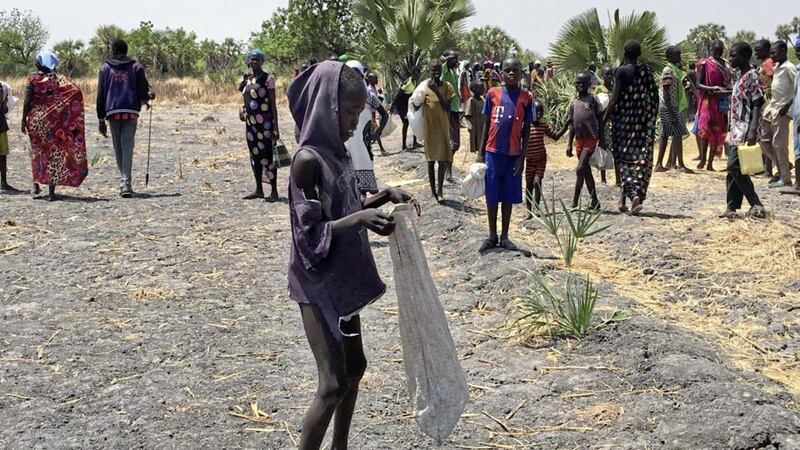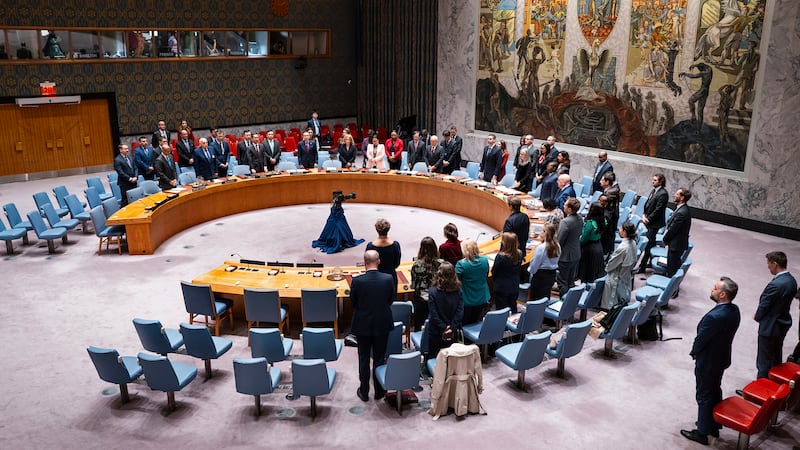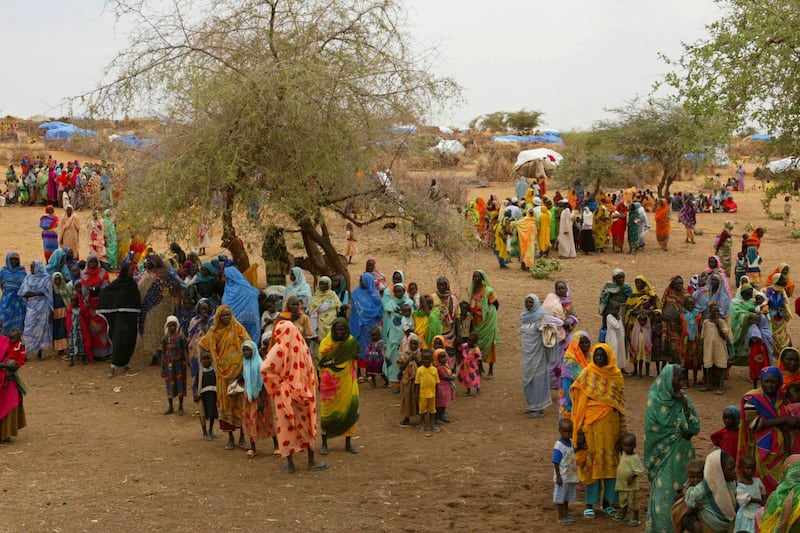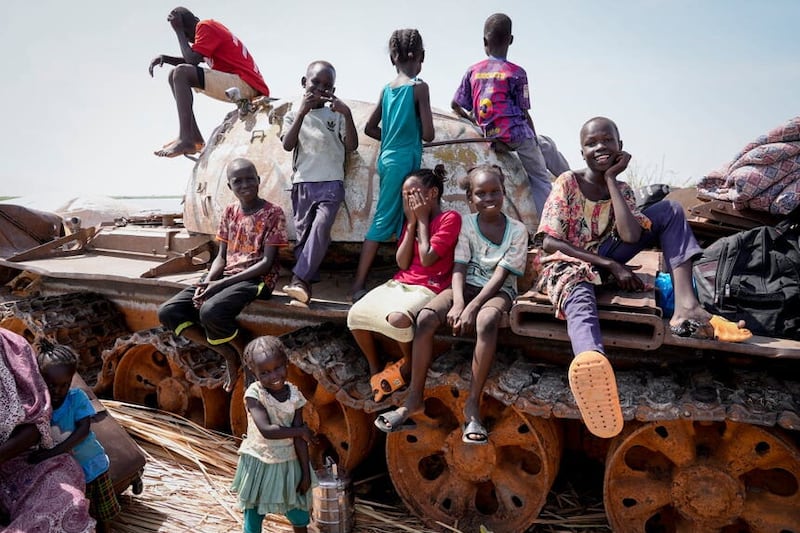South Sudan no longer has areas in famine but almost two million people are on the brink of starvation, according to reports by the government and the United Nations.
An estimated six million people – half the population – will face extreme food insecurity between June and July, they added.
South Sudan's famine was the first to be formally declared anywhere in the world since 2011's crisis in Somalia.
The situation remains critical, according to reports by South Sudan's National Bureau of Statistics and the United Nation's updated food and security analysis.
"People are in a catastrophic situation," said Serge Tissot, of the Food and Agricultural Organisation.
In February, South Sudan declared two counties in Unity State to be in famine.
Although those areas are still in critical condition, early detection and a rapid response succeeded in pulling them out of famine, a Phase 5 classification, the World Food Programme (WFP) said.
The UN warned that South Sudan's crisis is worsening and that removing the label of famine does not mean the situation has actually improved.
"Even though we've taken it (famine) off the table, we have more people in Phase 4 than ever before," said Joyce Luma, WFP's country director.
"If we don't assist this population, 1.7 million people will soon be in famine."
Famine is declared when three conditions are found in a single location: At least 20 per cent of the population faces extreme food shortages, at least 30 per cent of children under five years old suffer from acute malnutrition and people are dying at double the normal rate.
An estimated 45,000 people still face starvation in Leer, Koch and Mayendit counties, with additional areas across the country having deteriorated as well.
In former Jonglei state, an area that previously had one of the lowest levels of acute malnutrition, roughly 20,000 people are experiencing catastrophic food insecurity.
"It's when people don't know where their next meal will come from," WFP spokeswoman Bettina Luescher said.
At a recent food distribution in the town of Old Fangak in Greater Jonglei, 10,000 people came to register for a WFP food drop and 30,000 more are expected to come within the week.
"All I eat are vegetables and leaves," said Nyatang Toy as she waited in line last week to receive her ration cards.
The skinny seven-year-old walked for three hours from her village to collect food for her parents and five siblings who were too weak to come with her, she said.
"How can we be at this stage where people are starving and we're dropping bags of food from the air?" Marie-Claude Bibeau, Canada's minister of international development, asked during a trip last week to the area.








